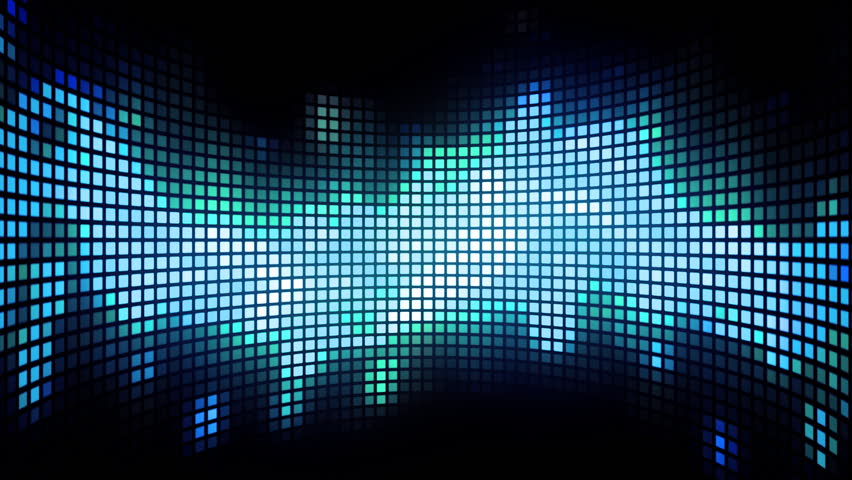A few months ago, we introduced our AutoML project, an approach that automates the design of machine learning models. While we found that AutoML can design small neural networks that perform on par with neural networks designed by human experts, these results were constrained to small academic datasets like CIFAR-10, and Penn Treebank. We became curious how this method would perform on larger more challenging datasets, such as ImageNet image classification and COCO object detection. Many state-of-the-art machine learning architectures have been invented by humans to tackle these datasets in academic competitions.
In Learning Transferable Architectures for Scalable Image Recognition, we apply AutoML to the ImageNet image classification and COCO object detection dataset — two of the most respected large scale academic datasets in computer vision. These two datasets prove a great challenge for us because they are orders of magnitude larger than CIFAR-10 and Penn Treebank datasets. For instance, naively applying AutoML directly to ImageNet would require many months of training our method.
To be able to apply our method to ImageNet we have altered the AutoML approach to be more tractable to large-scale datasets:
- We redesigned the search space so that AutoML could find the best layer which can then be stacked many times in a flexible manner to create a final network.
- We performed architecture search on CIFAR-10 and transferred the best learned architecture to ImageNet image classification and COCO object detection.
With this method, AutoML was able to find the best layers that work well on CIFAR-10 but work well on ImageNet classification and COCO object detection. These two layers are combined to form a novel architecture, which we called “NASNet”.
 |
| Our NASNet architecture is composed of two types of layers: Normal Layer (left), and Reduction Layer (right). These two layers are designed by AutoML. |
source: https://research.googleblog.com/2017/11/automl-for-large-scale-image.html
